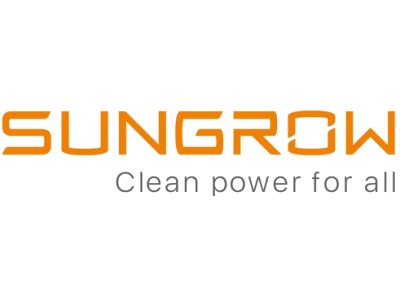

Finn's Sungrow Batteries Review & Verdict
Finn Peacock has been a Chartered Electrical Engineer since 1998, and is ex-CSIRO
I love Sungrow batteries so much that I bought 12.8 kWh of them myself. They are that rare combination of relatively low price and high-quality hardware with excellent tech support. If you want a battery and buy it at the same time as your solar panels, a Sungrow battery system sharing a hybrid inverter with your panels is very cost-effective. Their 10 kW inverter allows 20 kW of panels with a battery, which is a smart design.
I'm not as keen on Sungrow's software. Their app does everything you need it to do but has a lousy interface and is hard to navigate.
Sungrow Batteries: Pros & Cons
- Well supported by onshore technical staff
- Great value
- High voltage units mean the battery doesn't have to be right by the inverter, which helps with with meeting Australia's strict battery location requirements.
- Great connectivity between compatible inverters to build bigger systems
- The new UI on the app looks better
- Great deal of detail available on the app for electrical nerds & problem diagnosis
- Easily stackable batteries in robust alloy housings to incrementally increase storage to a whopping 102 kWh
- Occasionally tech support is snowed under and/or diverts to an answering machine in Japanese
About Sungrow
Sungrow is a giant Chinese company and the world's largest inverter manufacturer. They also make home batteries that are a popular choice here thanks to a combination of affordability and reliability.
Sungrow was founded in 1997 by RenXian Cao, a professor at Hefei University of Technology. He has degrees in electrical engineering and automation, so the boss clearly knows his stuff. Since then, the company has grown enormously but sustainably. Not only do they make products required for the world to switch to renewables, but they've also maintained financial sustainability. In 2022 BloombergNEF gave the company a 100% bankability rating. This means Sungrow is considered financially secure and likely to be around long term.
If a giant utility-scale battery is what you're after, Sungrow can get you one. But what Australian homes and small businesses will be most interested in is the Sungrow SBR HV home battery.
Sungrow SBR HV
Sungrow's current residential batteries are the SBR and SBH. The SBR has stackable battery modules with 3.2 kWh of usable storage each. There's a 3 module minimum and that amount gives 9.6 kWh of usable storage, which will be enough for many households. If you want more, up to 8 modules can be stacked on top of each other for 25.6 kWh. Few households will need that much, but if you want even more, up to four stacks can be connected in parallel for over 100 kWh of usable storage.
The SBR has stackable modules with 5kWh of usable storage. There can be from 4-8 of them in a stack, giving 20-40 kWh of useable battery storage when new.
If you've bought a Sungrow battery stack and want to add more modules, it's relatively easy -- provided you have less than eight. Of course, it's still a good idea to get the amount right at the start so you won't have to pay to have additional modules installed.
Safety
Sungrow uses lithium iron phosphate (LiFePO) battery cells. This is the safest type of lithium battery. But to actually be safe, they need to be part of a well-designed battery system. Fortunately, the Sungrow SBR HV does appear to be safe, as many have been installed in Australia without issue.
In the past, Sungrow sold the now discontinued PowCube home battery. Despite its alarming name, I'm not aware of any ever going "Pow!" and exploding.
Provided the work was done by a reputable installer, I would have no problem having a Sungrow battery installed on my own home. I'd also be fine with one on my parents' home or my brother's. But I'm not sure my sister deserves one.
Cost
A major reason the Sungrow batteries are a popular choice is competitive pricing. It's a lower-cost battery but reliable enough for us to recommend. You can check out how its cost compares by going to our Battery Comparison Table and scrolling down to "Cost Per Warranted KWh: One Cycle Per Day".
Sungrow Inverter Required
Under normal circumstances, Sungrow batteries will be installed with Sungrow hybrid inverters. While hybrid inverters cost more than standard ones, Sungrow's are reasonably priced. They also come with a 10 year warranty, which is better than a number of other inverters on the market. We haven't heard much in the way of complaints and so consider them reliable.
Both single-phase and three-phase hybrid inverters are available and Sungrow is one of the few companies supplying hybrid inverters that can provide full three-phase backup.
Because they require a hybrid inverter, a Sungrow battery is often a good choice for homes without existing solar. Alternatively, if there's enough room on the roof, a second solar system with a Sungrow battery can be installed. Another option is to simply replace an old solar system with a new large one with a battery.
If you have an existing solar system, replacing its inverter with a Sungrow hybrid is also an option. Here's a video of it being done. (Ignore how Finn pronounces "garage" like a New Zealander.) This can require wiring upgrades, so it won't necessarily be a simple task to do.
Fill Your Roof
When a solar system is installed without a battery, the solar panel capacity can normally be no more than one-third larger than the inverter capacity. But when a solar system is installed with a battery this limit can be exceeded.
When a new solar system is installed with a Sungrow battery the panel capacity can be around twice the capacity of Sungrow single-phase hybrid inverters and around 50% more for the three-phase ones. This can be useful for installing large solar systems and I recommend filling your roof with as much solar as you reasonably can.
Flexible Installation
Sungrow batteries are high voltage. This gives installers some flexibility with their location and this helps with meeting Australia's strict fire safety standards.
While they're suitable for outdoor installation, they should be positioned out of direct rain and sunshine.
Backup & Off-Grid Capable
Sungrow battery systems can provide backup power. The switchover is almost instantaneous, so there's no temporary power loss. The batteries can also charge from rooftop solar during the day when the grid is down.
Sungrow batteries are also suitable for off-grid use.
For further specifications and estimated pricing, see Sungrow solar batteries listed on our comparison table.
Installer Recommended
In a vote of confidence for the SBR HV, Sungrow scored 2nd place in SolarQuotes' Installers' Choice Awards 2022 in the Budget/Best Value home battery category. In the SQ 2023 awards for home batteries, Sungrow attained bronze in the Best Overall Battery Brand category, gold in the Best Value battery category, and silver in Best After-Sales Support. In the 2024 awards, Sungrow also did well, taking 1st place in the Best Value category.
For the 2025 Installers' Choice Awards we changed the format and simply asked installers, "If installing a system on your own house today, what brand's batteries would you use?" Sungrow took 1st place in a tie with Tesla.
Sungrow is currently listed as an SQ recommended home battery brand.
Sungrow Battery Warranty
As far as typical household use goes, the Sungrow battery warranty isn't bad. If they are only used to store energy from rooftop solar, the warranty will last for 10 years. If you want to use them for another purpose, such as being part of a Virtual Power Plant or for selling wholesale electricity to the grid, then the warranty may end earlier if it reaches its throughput limit.
For their SBR batteries, it will last for 10 years or until it has discharged 8,960 kWh per module. Whichever comes first. For most households, it's likely to last the full 10 years.
For their SBH batteries, the warranty is similar, but because the battery module capacity is larger, it lasts for 10 years or until 14,000kWh has been discharged per module.
The warranty states the battery will maintain a minimum of 70% of its original capacity. This means a module with 3.2 kWh of usable storage could drop down to only storing 2.25 kWh, and it would still be in warranty.
Sydney Office
Their headquarters are in the Chinese city of Hefei, but Sungrow has had a local office in Sydney since 2012. This means they should - hopefully - be able to deal with any warranty issues locally and rapidly. Overall, I'd say Sungrow has good -- but not perfect -- customer support.
If you're an Australian Sungrow battery system owner, please feel free to share your views on how your system performs by submitting a rating and review.
Sungrow has 11 solar batteries in our database
Filter by:
Sungrow Reviews (744)
Show Most Relevant reviews from All time
- 5 star 676
- 4 star 53
- 3 star 5
- 2 star 3
- 1 star 7
View Timeline
09 December 2025
An incentive was offered by ECG Electrical for this review. Learn more here.
05 December 2025
17 November 2025
An incentive was offered by Positive Energy Solutions Pty Ltd for this review. Learn more here.
13 November 2025
04 November 2025
03 November 2025
02 November 2025
23 October 2025
30 September 2025
On a clear sky day the 12.8 KW battery is fully charged in the first 3 hours after sunrise. The maximum 5 KW goes into the grid and all clothes/dish washing and hot water heating is done. After sunset,100% battery use with dinner cooked with electricity. Four adults with TV's and computers running.
Usually the next sunrise has the battery average state of charge around 20-30%. On cloudy days we can be using the grid for a couple of hours before sunrise. We don't use heating or air conditioning.
22 September 2025
18 August 2025
08 August 2025
























































































































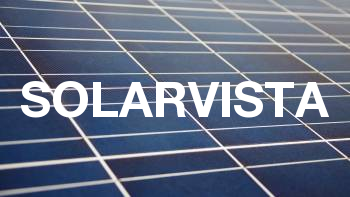






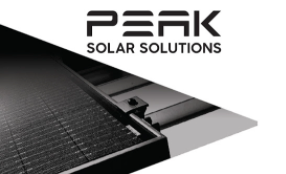




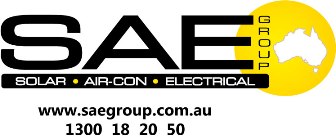
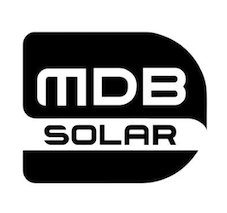

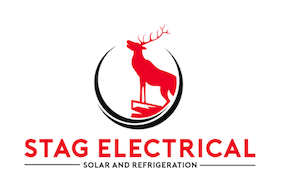
.png)



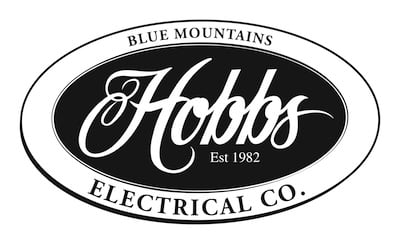
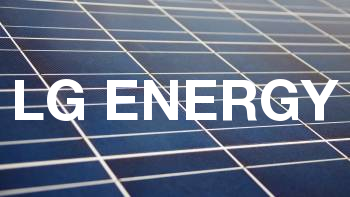


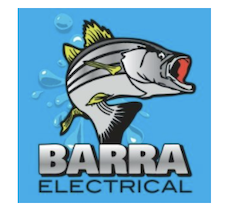


The only time the battery doesn't get us through a 24 hour cycle is if we are running the AC for a long time at night. The lesson is that you need to do your sums when buying a solar battery system. Our AC needs about 7kw per hour of electricity. So, if we run it for 3.5 hours at night it will drain our 25.5kwh battery- and it is a large battery!
You have to be realistic when planning your solar battery system size. You cant expect to go close to "off grid" and run AC, pool heater, pool filter, household appliances etc unless you buy lots of panels, a big inverter and a big battery!